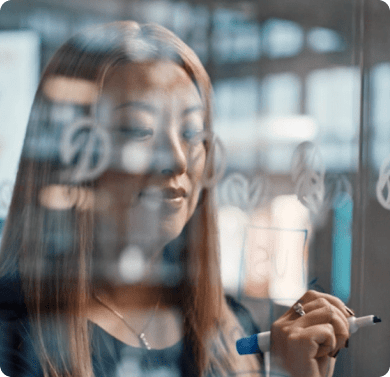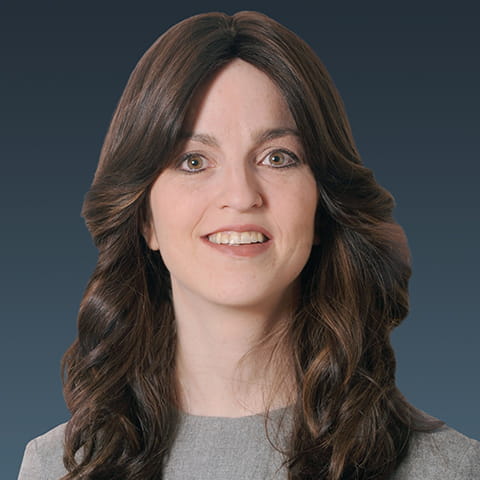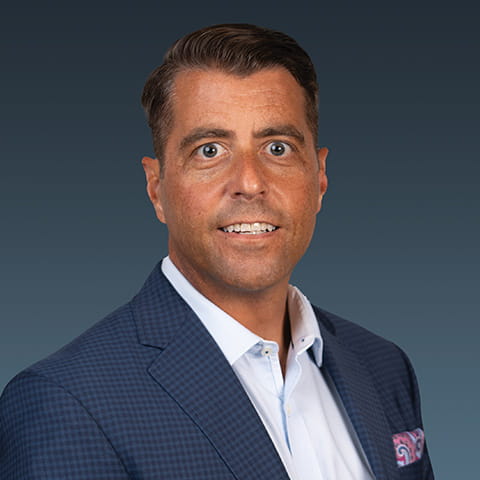New Markets Tax Credit (NMTC) Summit 2022: 3 top takeaways

Last month, we were thrilled to reunite with the New Markets Tax Credit industry community for our 21st Annual NMTC Summit, held in person in Miami Beach for the first time since 2019. While the virtual summits of the past two years were invaluable, there’s no substitute for the opportunity to come together and share insights in person, to swap ideas over breakfast and form collaborations in hallways. We are thankful to everyone who joined us, especially our speakers and sponsors.
We’re excited to share that we’ll soon be making recordings of this year’s Summit sessions available for ticketed virtual attendance; check back here to make sure you hear once the on-demand videos are ready.
In the meantime, here are three top takeaways from the event – some of our favorite or most recurring themes.
And whether as a returning or brand-new guest, we hope you’ll join us next year, May 15-17, for Year 22.
1. The Future is Now
We set “The Future is Now” as our theme for this year’s event, and our attendees proved that the future is indeed here, as they continue to innovate and move the industry forward.
- On Wednesday, we heard an exploration of how the metaverse – the digital parts of our own universe, including the internet – might be used to “level the playing field.” How can we help eliminate scarcity by finding new ways to distribute what we have? Examples of this may include bringing education to hard-to-reach populations, or providing low-cost training in technical fields. The metaverse is also ripe with job opportunities – and not only for coders in Silicon Valley, but also for normal community members who can be paid to, for example, take the photos needed to bring digital spaces to life.
- New innovations, combined with the natural maturation of the industry, will challenge us to find new approaches to measurement and data. Many speakers discussed the importance of getting the qualitative and the quantitative – not just the facts and figures of units built or jobs created, but also more detailed feedback on stakeholder satisfaction. We’re ready to develop forward-looking data in addition to backward-looking – not just where we’ve been, but where we can go. And in our increasingly remote world, we have to resist the program’s place-based nature and learn to look at a project’s impact beyond its four walls, out into the communities and households it’s serving.
2. The industry is ESG-ing
We at CohnReznick like to say that ESG, or “environmental, social, governance,” isn’t a noun – it’s a verb. It’s something you do. And this industry group showed at the Summit that they’re doing it in spades.
- Environmental: On Tuesday, we heard how the NMTC industry can play a part in the fight against climate change, with projects that help communities build resilience, better leverage their natural resources, create green jobs, and much more. But we heard that “E” popping up in other ways throughout the Summit, too, with recommendations and reminders such as:
- Incorporate the UN Sustainable Development Goals into project applications
- Have environmental mitigation plans in place for projects
- Conduct life-cycle assessments of various project components – e.g., where are you getting your tools? Was your lumber from a clear-cutter or sustainable agroforestry?
- Social: The NMTC program by nature embodies the “S” in ESG, by bringing investment to underserved, often severely distressed communities. (If you haven’t yet seen it, don’t miss our 2022 Case Study video on a project that’s making a difference for vulnerable women and children in Missoula, Montana.) But we heard this year how industry participants are taking the extra, in some ways harder step of looking in the mirror and making improvements to social equity within their own walls and operations. The industry is calling for more involvement of BIPOC- and women-led businesses in projects, and not just as subcontractors. We’ve identified a need for more POC-led CDEs, and for funding not just BIPOC-led startups, but also legacy institutions that have never had access to affordable capital. The CDFI Fund committed in their keynote to greater focus on and support for projects in Native American communities, with related changes to the program application due out later this year. And panelists in our Wednesday panel on Diversity, Equity, Inclusion, and Belonging (DEIB) were generous in reflecting and sharing how they are supporting DEIB in their companies and their investments – and where we still need to go.
- Governance: Across the board, our participants demonstrated not only dedication to the rules and regulations of the program, and the processes and practices needed to keep their projects running tightly, but also active engagement in how they can continue to evolve and improve program policy, including through advocacy at the federal, local, and even international levels. And we were delighted to see strong attendance at our highly technical Pre-Conference Workshop, training our next generation of NMTC leaders in those key governance topics and more.
Does your organization have an ESG story to tell? Apply by June 30 for our inaugural Gamechangers in ESG Awards. Whether you’re just beginning your ESG journey or have well-established ESG initiatives in place, we want to hear about the impact you’re making. Learn more and apply now.
3. Broadening impact, with intention
The biggest theme tying everything together was a drive not just to do more of these NMTC projects, but do to more with them, and to do everything better. People spoke about creating:
- Not just buildings, but safe, green, tenant-centric buildings
- Not just jobs, but quality jobs, with good benefits and training and above-minimum wage
- Not just healthcare services, but holistic, supportive services (e.g., nutrition, mental health, preventive, and child care), with community input into programming
- In all of these outputs, resources that people could access, in terms of cost, location, and more
One panelist talked about squeezing out many opportunities from each project – internships, clinic hours for students, partnerships with a local community college to offering training and later jobs, etc. Several participants brought up community benefits agreements and the importance of honoring them – e.g., if one promised outcome falls through, asking, “What other needs can we play a role in helping with?” And this is another area where data and measurement come into play: There may be “side benefits” you’ve been informally supporting all along, but it’s important to really get the data so that you can show those impacts and create formal benchmarks – then raise them.
In conclusion
Now, more than ever, we have opportunities to think differently and broadly about what this program is, what it can do, and how we can do it in the best, most efficient, most equitable ways. That’s not an easy thing to do, and there’s a lot to be done. But we think it gets considerably easier if we do it all together.
Ready for more NMTC Summit insights?
Watch our new Summit resource page to be the first to know when our Summit session recordings are available, and bookmark that page for continued resources and updates.
And save the date to join us next year, May 15-17, at the Loews Hotel in Miami Beach.
Contact
Richard Davies, CPA, Partner
410.783.7486
Kayla Gross, Principal
410.783.4874
Scott Szeliga, CPA, Partner
410.783.7472
Looking for the full list of our dedicated professionals here at CohnReznick?
Contact
Let’s start a conversation about your company’s strategic goals and vision for the future.
Please fill all required fields*
Please verify your information and check to see if all require fields have been filled in.

Gamechangers in ESG Awards 2023
Related services
This has been prepared for information purposes and general guidance only and does not constitute legal or professional advice. You should not act upon the information contained in this publication without obtaining specific professional advice. No representation or warranty (express or implied) is made as to the accuracy or completeness of the information contained in this publication, and CohnReznick, its partners, employees and agents accept no liability, and disclaim all responsibility, for the consequences of you or anyone else acting, or refraining to act, in reliance on the information contained in this publication or for any decision based on it.













